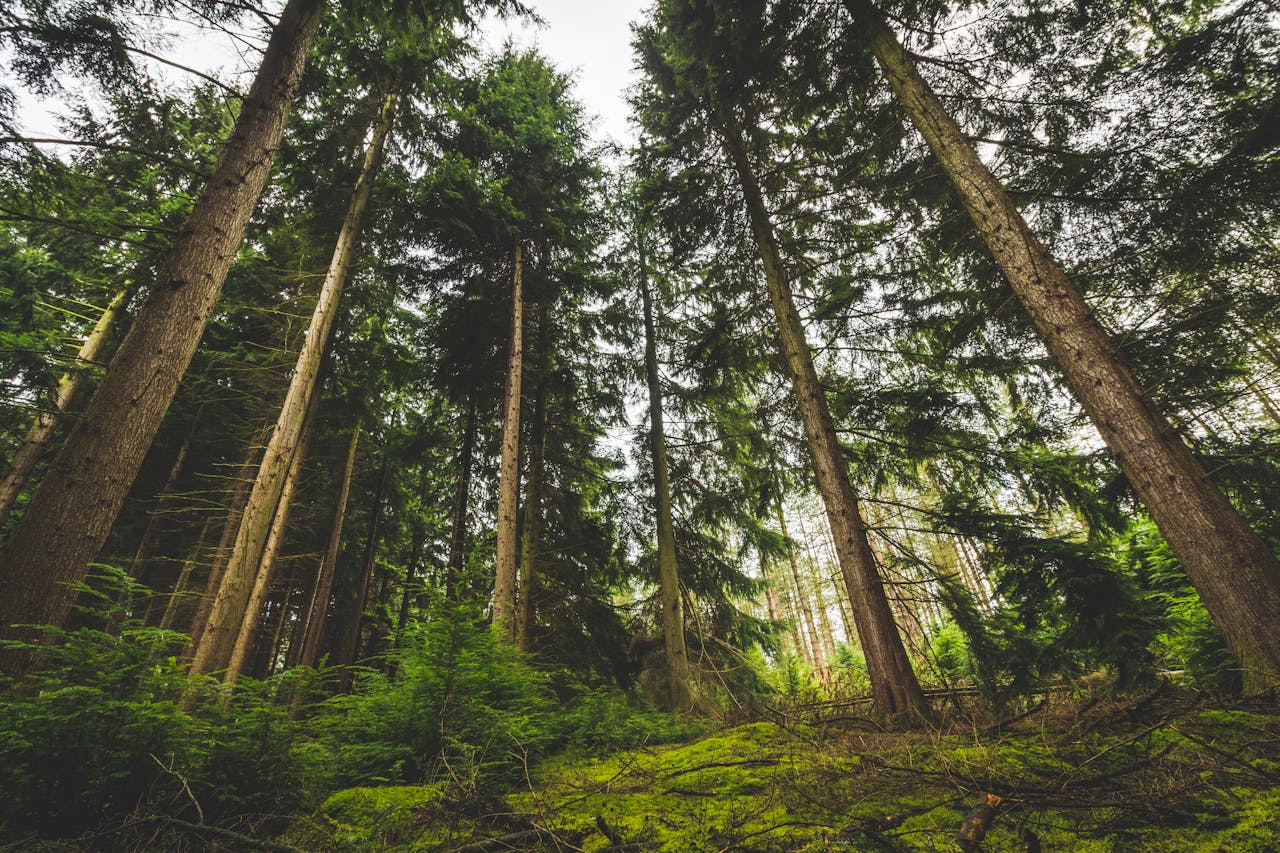Introduction to BS5837
What is a bs5837 tree survey? In property development and planning, the protection and management of trees are crucial aspects that cannot be overlooked. The BS5837 tree survey, named after the British Standard 5837, provides guidelines for the assessment, retention, and management of trees on development sites. This survey is an essential element in the planning and development process, ensuring that trees are adequately considered from the earliest stages of project design through to completion.
The Purpose of BS5837
The primary objective of the BS5837 survey is to integrate tree conservation into land development. The survey aims to preserve existing trees where possible, protect root systems during construction, and manage trees to ensure their longevity. By doing so, it supports environmental sustainability and enhances the aesthetic and ecological value of the site. The survey also aids in identifying which trees can be safely removed and which must be protected, balancing development needs with ecological preservation.
BS5837 Survey Components
A comprehensive BS5837 tree survey consists of several critical components:
- Site Assessment – This initial step involves evaluating the development site to identify existing trees and their locations. It includes a detailed inspection of the site’s topography, soil conditions, and current land use.
- Tree Survey – During this phase, individual trees are assessed for their health, size, species, and structural condition. Each tree is given a category rating (A, B, C, or U) based on its quality and value to the site.
- Impact Assessment – This component evaluates the potential effects of the proposed development on the trees. It identifies which trees will be retained, which will require protection measures, and which may be removed.
- Tree Protection Plan (TPP) – A TPP outlines the measures necessary to protect retained trees during construction. This includes specifying protective barriers, root protection zones, and guidelines for working around trees.
Legal and Planning Framework
Compliance with BS5837 is not merely a recommendation; it is often a legal requirement embedded within local planning policies. Many planning authorities mandate that a BS5837 tree survey be submitted as part of the planning application process. Failing to comply with these guidelines can result in delays, fines, or the rejection of planning applications. Therefore, understanding and adhering to BS5837 is critical for any development project.
Who Conducts the Survey?
BS5837 surveys must be carried out by qualified professionals such as arboriculturists or environmental consultants. These experts possess the knowledge and experience to accurately assess tree health, understand complex root systems, and recommend appropriate preservation measures. Engaging a professional ensures that the survey is thorough and that the resulting data is reliable and actionable.
Benefits of BS5837
Conducting a BS5837 tree survey offers numerous benefits:
- Environmental Conservation – By identifying and protecting valuable trees, the survey promotes biodiversity and environmental sustainability.
- Enhanced Property Value – Well-preserved trees can enhance the aesthetic appeal and value of a property, making it more attractive to future buyers or tenants.
- Regulatory Compliance – Adhering to BS5837 guidelines ensures compliance with local planning regulations, reducing the risk of legal issues and project delays.
- Project Efficiency – Early identification of tree-related constraints allows developers to plan more efficiently, avoiding costly redesigns or site modifications later in the project.
Case Studies
Real-world examples underscore the impact of BS5837 surveys on property development:
- Urban Development Project – In a recent city-centre development, a BS5837 survey identified several mature trees that significantly contributed to the area’s character. By integrating these trees into the site design, the developers not only complied with planning regulations but also enhanced the project’s appeal and market value.
- Residential Housing Scheme – A housing development on a previously wooded site used a BS5837 survey to identify key trees for preservation. The careful planning and protection measures implemented during construction resulted in a harmonious blend of natural and built environments, attracting eco-conscious buyers.
Conclusion
In the modern landscape of property development, the importance of a BS5837 tree survey cannot be overstated. It plays a vital role in balancing development goals with environmental stewardship, ensuring that trees are preserved and managed effectively throughout the construction process. For property developers, architects, and environmental consultants, incorporating a BS5837 survey into project planning is a crucial step towards achieving both regulatory compliance and sustainable development.
